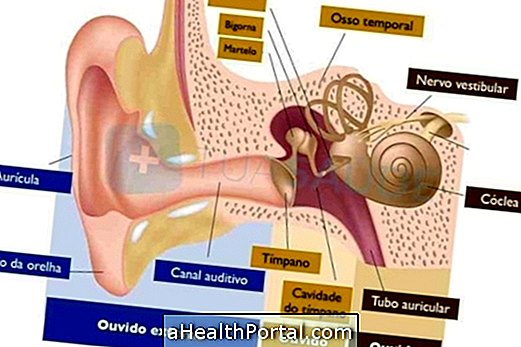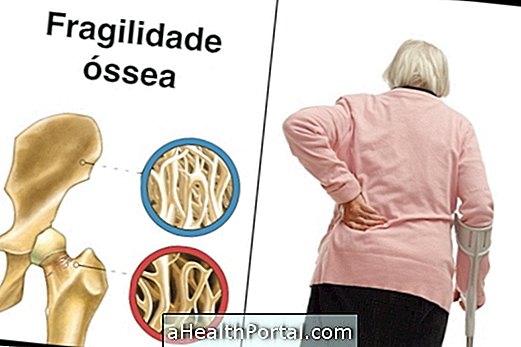Ewing's sarcoma is a type of bone cancer that mainly affects children and adolescents and men up to 20 years of age. This tumor prefers to infiltrate large bones, such as the bones of the legs, arms and hip, although it may also appear in other parts of the body.
The prognosis of Ewing's sarcoma varies according to the severity of the tumor in the individuals. Generally, when the first symptoms of Ewing's sarcoma appear, most patients already have a metastasis elsewhere in the body, which makes the picture even more severe and difficult to resolve.
Ewing's sarcoma is cured when detected in the early stages of cancer development. The survival of Ewing's sarcoma in the early stages is high, but when there is metathesis, it drastically declines.
Symptoms of Ewing's sarcoma
There are symptoms of Ewing's sarcoma:
- Pain and swelling at the affected site;
- Fever;
- Weight loss;
- Anemia and increased white blood cells in the blood.
The diagnosis of Ewing's sarcoma can be made by the orthopedic physician by observing the symptoms presented and by diagnostic tests such as x-ray, tomography, resonance and biopsy of the affected bone.
Treatment for Ewing sarcoma
Treatment for Ewing's sarcoma can be done on the basis of chemotherapy, with medications such as ifosfamide and doxorubicin, or radiation therapy. When it is possible to detect the location of the tumor, surgery is performed which may involve removing the affected limb.
Sometimes, following the treatment, a second tumor may appear in another location, making the healing process more difficult.
Useful link:
- Osteosarcoma
























